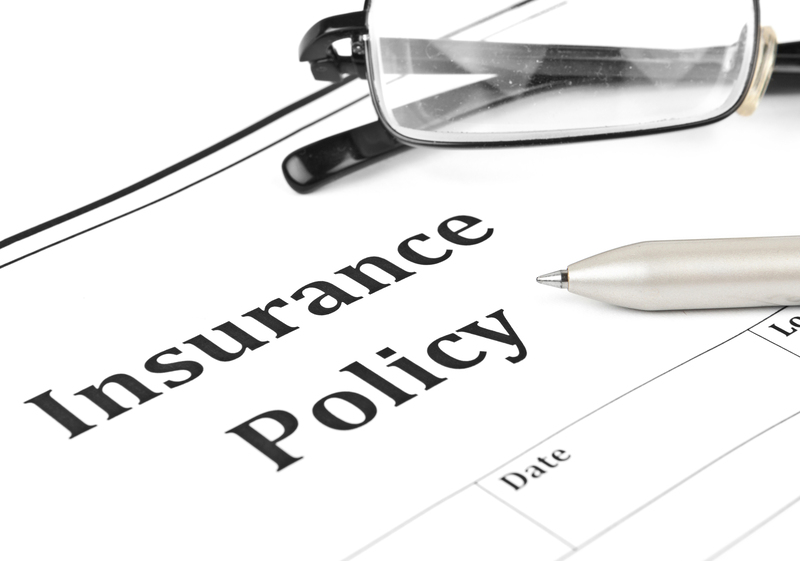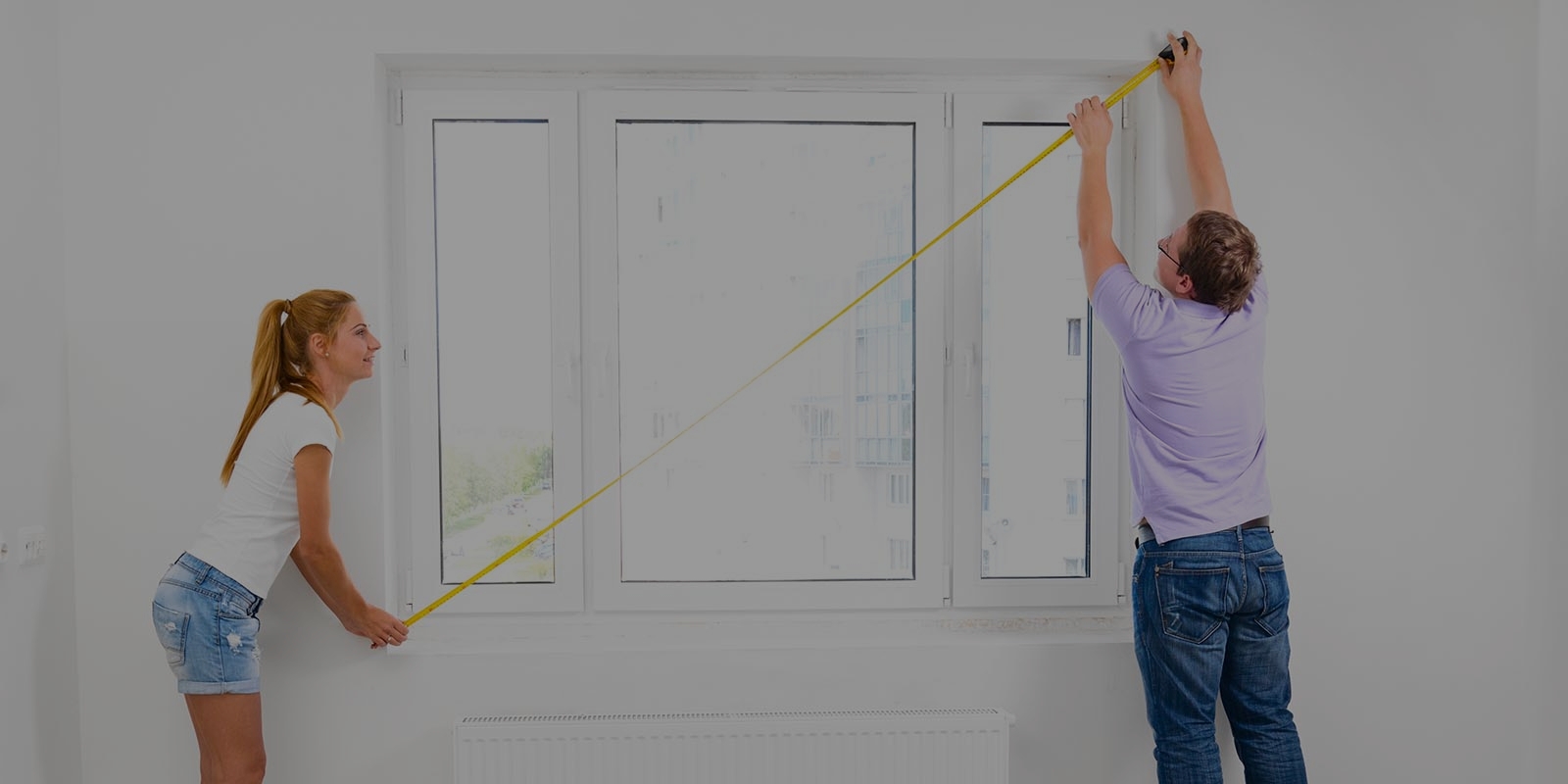DIY Piano Moving: Hidden Dangers Unveiled
Posted on 23/06/2025
DIY Piano Moving: Hidden Dangers Unveiled
If you're considering moving a piano yourself, you're not alone. The thought of saving money and having control over your prized instrument's journey can be tempting. However, DIY piano moving comes with a set of risks, complications, and hidden dangers that can cost you more than cash. In this comprehensive guide, we'll unveil the often-overlooked pitfalls of transporting pianos independently, and offer safer alternatives to protect your instrument--and yourself!
Why Homeowners Attempt DIY Piano Moving
The desire to handle piano transportation without professional help generally comes down to a few common reasons:
- Cost saving: Professional piano movers can be expensive, and the appeal of doing it yourself is understandable.
- Convenience or timing: You may need to move the piano on short notice or outside of regular working hours.
- Emotional attachment: Some owners feel more comfortable moving their treasured instrument with their own hands.
However, these motivations may not outweigh the serious risks and complications inherent in DIY piano moving.

The Anatomy of a Piano: More Fragile Than You Think
From the outside, pianos look like robust furniture. Yet internally, they are a complex assembly of delicate chords, hammers, and tensioned strings--from concert grands to uprights, each variety is both heavy and fragile.
The True Weight and Construction of Pianos
- Upright pianos typically weigh between 300-600 pounds
- Baby grands and grands can weigh anywhere from 600 to over 1200 pounds
- They contain moving parts, a cast iron harp, wooden casing, and intricate strings
- Inner mechanisms are easily knocked out of alignment with a single jostle
This is why piano moving is a specialty task--one erroneous move could cause extensive damage to your instrument, your home, or yourself.
Common Risks and Hidden Dangers of DIY Piano Moving
Let's unveil the hidden dangers you might encounter when moving a piano on your own.
1. Risk of Physical Injury
Back injuries are among the most frequently reported problems when attempting a DIY piano move. Even with help, improper lifting can result in:
- Sprained ankles and wrists
- Herniated discs and pulled muscles
- Crushed fingers or toes
- Severe bruising and strains
Consider this: The average upright weighs nearly as much as a refrigerator, while a grand can rival small cars in mass. Those "piano dolly" videos you see online rarely show the full story--including trips to the ER.
2. Property Damage
An out-of-place piano can be catastrophic:
- Dented walls and scratched floors
- Broken banisters, stair treads, or door frames
- Chunks gouged from drywall and moldings
- Cracks in tiles, or even structural floor damage if the piano is dropped
If your home is being rented or sold, damage during a DIY piano move could result in costly repairs or loss of your security deposit.
3. Irreparable Piano Damage
- Soundboard cracks are the kiss of death for a piano's voice and value.
- Dislodged or bent strings and pedals may require expert re-alignment or replacement.
- Exterior scratches and dents significantly reduce resale value.
- Loss of fine tuning, as jostling can throw even recently serviced pianos wildly out of pitch.
Often, piano repair after an improper move costs more than professional moving services in the first place.
4. Insufficient Equipment
Successful piano transportation is about more than muscle. Ask yourself:
- Do you have professional-grade piano dollies and moving straps?
- Will you find ramp access and proper padding for your specific model?
- How will you protect the instrument from moisture and temperature swings during transit?
Despite your best efforts, regular handcarts, blankets, and tape almost never suffice for safe piano moves.
5. Inadequate Manpower and Planning
A safe piano relocation requires not just numbers, but coordination:
- Four or more adults with an understanding of leverage and teamwork
- A communicative group leader to direct every step
- Clear, obstacle-free pathways both inside and outside your homes
- Understanding of how to angle and pivot through tight stairwells or corridors
Without this, the chances of a disastrous mishap skyrocket.
Hidden Danger: Insurance Coverage May Not Apply
This is an often-overlooked risk of do-it-yourself piano moving. Homeowner's insurance or renter's insurance policies rarely cover self-inflicted damage or personal injury that results from moving large objects like pianos.
- If you are renting a truck, read the fine print--most moving truck insurance also excludes damage to valuable musical instruments!
- Should you or your helpers sustain an injury, liability can quickly become complicated and costly.
- Professional movers carry insurance specifically designed for heavy, valuable items--your DIY move does not offer this safety net.
Expertise Matters: Why Piano Movers Do It Differently
Professional piano moving services exist for good reason. Expert movers bring:
- Specialized equipment like piano boards, hoists, and custom dollies
- Trained teams who know how to pivot, lift, and secure all piano types
- Preparation for stairs, tight corners, and outdoor terrain
- Protective wrapping for both the piano and your home
- Climate-safe trucks and insurance coverage
Tip: Even if you're determined to move a piano yourself, consult with a local piano mover. The most reputable companies offer free estimates--and may explain options you hadn't considered.
Alternatives to Full-Service Piano Movers
If a full-service moving company isn't in your budget, you might consider hybrid solutions to minimize risk:
Renting Piano Moving Equipment
- Some music stores rent piano skids, lifts, and padding
- These are a better option than household carts or makeshift wheels
- Make sure your helpers are physically capable and properly instructed on safe hauling
Hiring Help for Challenging Steps
- Some pro movers offer "labor only" services--hire them just for stairs or truck loading
- This can dramatically reduce risk at the most critical points of the move
DIY Piano Moving Safety Tips (If You Must)
If you still plan to attempt moving your piano yourself, follow these critical safety guidelines to reduce--though never eliminate--potential hazards:
- Recruit enough help: At least 3-5 able-bodied assistants, depending on instrument size.
- Clear your intended path of all furniture, rugs, pets, and children.
- Wear grippy gloves and closed-toe shoes for maximum support and protection.
- Utilize heavy-duty moving straps and a professional piano dolly.
- Cushion all edges and corners with padding or blankets--secure tightly with tape or bands.
- Never rush! Take your time navigating doorways and stairs. Communicate every move aloud.
- Keep your back straight, bending only at the knees--avoid twisting under the weight.
- Never attempt to catch a falling piano. Let it drop to avoid severe or life-threatening injury.
The Aftermath: Post-Move Considerations
Once the piano is in place, your journey isn't over. Even a well-executed DIY piano move usually results in a need for expert service:
- Tuning: Moving causes string and action components to shift. Professional tuning is almost always required afterwards.
- Inspection: Look (and listen) for any rattling, buzzing, or unresponsive keys. An experienced piano technician should check the instrument for hidden damage.
- Humidity Adjustment: Pianos are sensitive to climate--allow yours to acclimate for a week before major performances or recordings.

Weighing the True Costs of DIY Piano Moving
Although self-moving a piano might seem like a budget-friendly solution, when tallying the hidden costs--potential injuries, property repairs, instrument restoration, and insurance gaps--the value of professional movers becomes clear.
For most, hiring a specialized piano moving company delivers peace of mind and long-term savings, especially for cherished family heirlooms or performance-grade instruments.
Conclusion: Make Your Piano's Safety the Top Priority
The allure of DIY piano moving may be strong, especially in the age of YouTube tutorials and instant advice. But beneath the surface lies a world of complexity and risk. Whether you own a concert grand or a humble upright, the potential costs--to your health, your home, and your instrument's integrity--cannot be overstated.
When it comes to moving pianos, expertise is invaluable. Prioritize safety and preservation, and carefully consider all risks before embarking on a do-it-yourself move.
If your piano truly matters, make its move a masterpiece--consider a professional, insured service before you start lifting.







